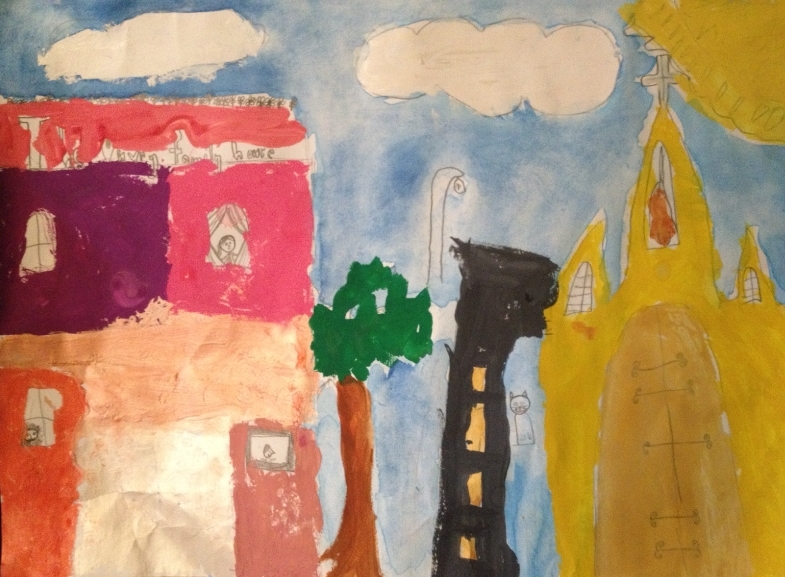Dear Integral Meditators,
This weeks newsletter looks at how you can use mindfulness to link already existent skills that you have to activities where you may not have thought to apply them.
Sunday is that last day that you will be able to purchase the Mindful Resilience online course for the opening promotion price of Sing$69. On Monday it will go up to $85, so catch the offer whilst you can!
Yours in the spirit of skills hidden in plain sight,
Toby
Upcoming Courses at Integral Meditation Asia in October:
Full details soon!
 Mindfully Accessing Your Transferrable Skills
Mindfully Accessing Your Transferrable Skills
Today I gave a talk at the Singapore Stock Exchange on mindful trading. One of the other speakers was a great guy called Dave from Salt Lake City. Earlier in his life he had been a professional drummer with a band. Now, as a trader he said he found that his intuitive skills as a musician helped him to see patterns in his trading charts that had become a major way in which he had developed his ‘trading style’. Dave had found a transferrable skill from his life as a musician which he was now applying to his life as a trader.
A few years ago I was complaining to my Dad that I was at a disadvantage as a business owner because I had no background in ‘selling’ or sales. My dad pointed out to me that I had a lot of experience in listening as a counsellor teacher and coach. He then pointed out that a lot of what being a good salesperson is about is firstly listening to other people to understand their deep needs and wants; if you can do that you are then in a very good position to provide a service or product that they will want. I suddenly discovered that I had a hugely useful transferrable skill that I could use as a businessman that I hadn’t even thought about before and that I could draw a lot of confidence from (thanks Dad!).
When I first started meditation practice in the early 90’s I was able to build my meditation practice better and faster by applying the understanding of under-training and over-training that I had picked up from playing sports, another transferrable skill of great value.
The fact is that many of the skills that you currently have are transferrable to other areas of your life. Not only that but they are transferrable to any new activity that you take up. The more quickly you can make the link between a skill that you already have and its potential value in a new situation, or in a different domain of your life, the more quickly you can start using it.
A great mindful question to ask yourself when faced with a new challenge, stage or activity in your life is “What transferrable skills do I have?” Almost certainly you will be pleasantly surprised how capable you are.
Related article: Mindfully deepening your inner resources.
© Toby Ouvry 2014, you are welcome to use or share this article, but please cite Toby as the source and include reference to his website www.tobyouvry.com








